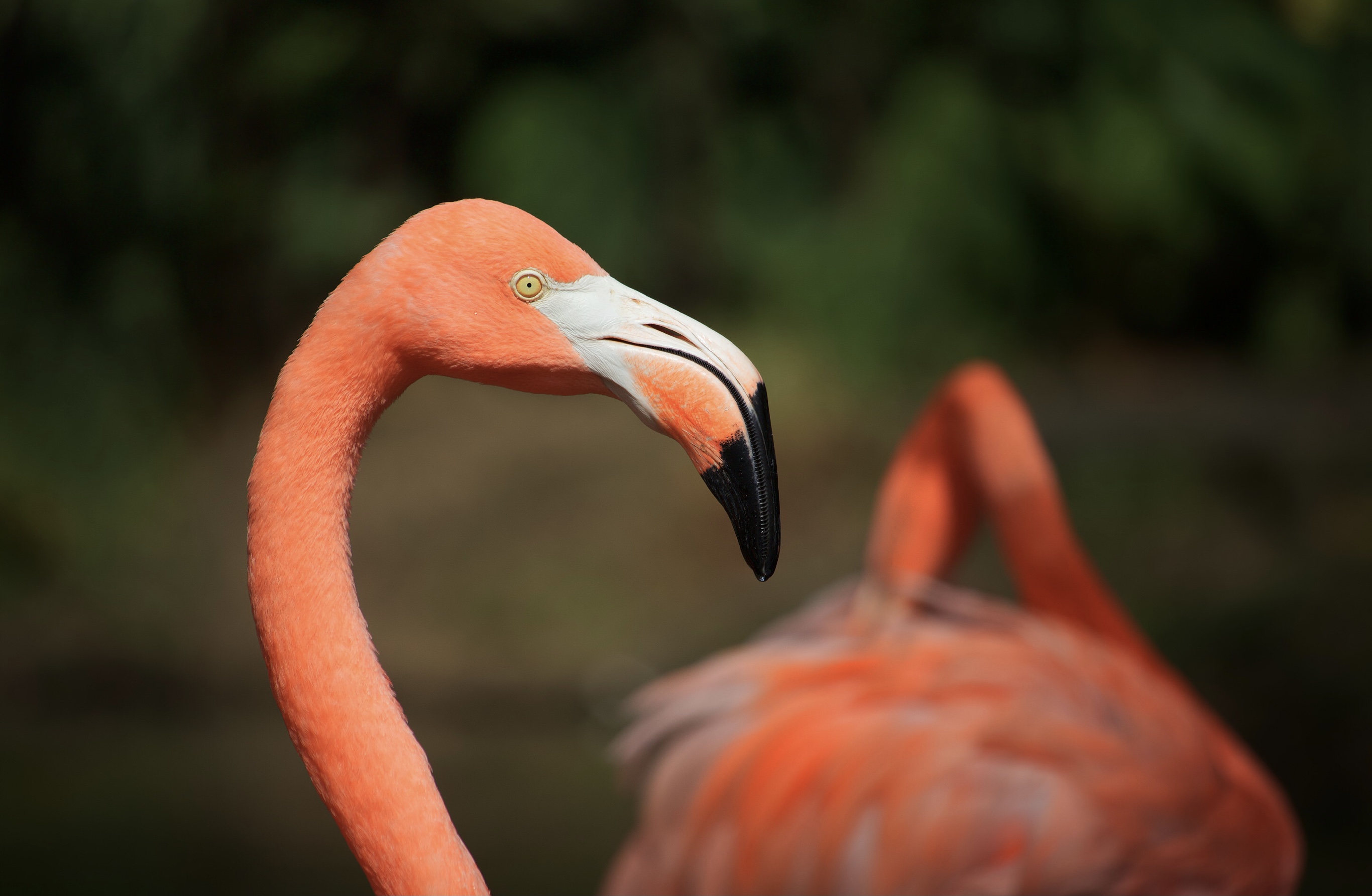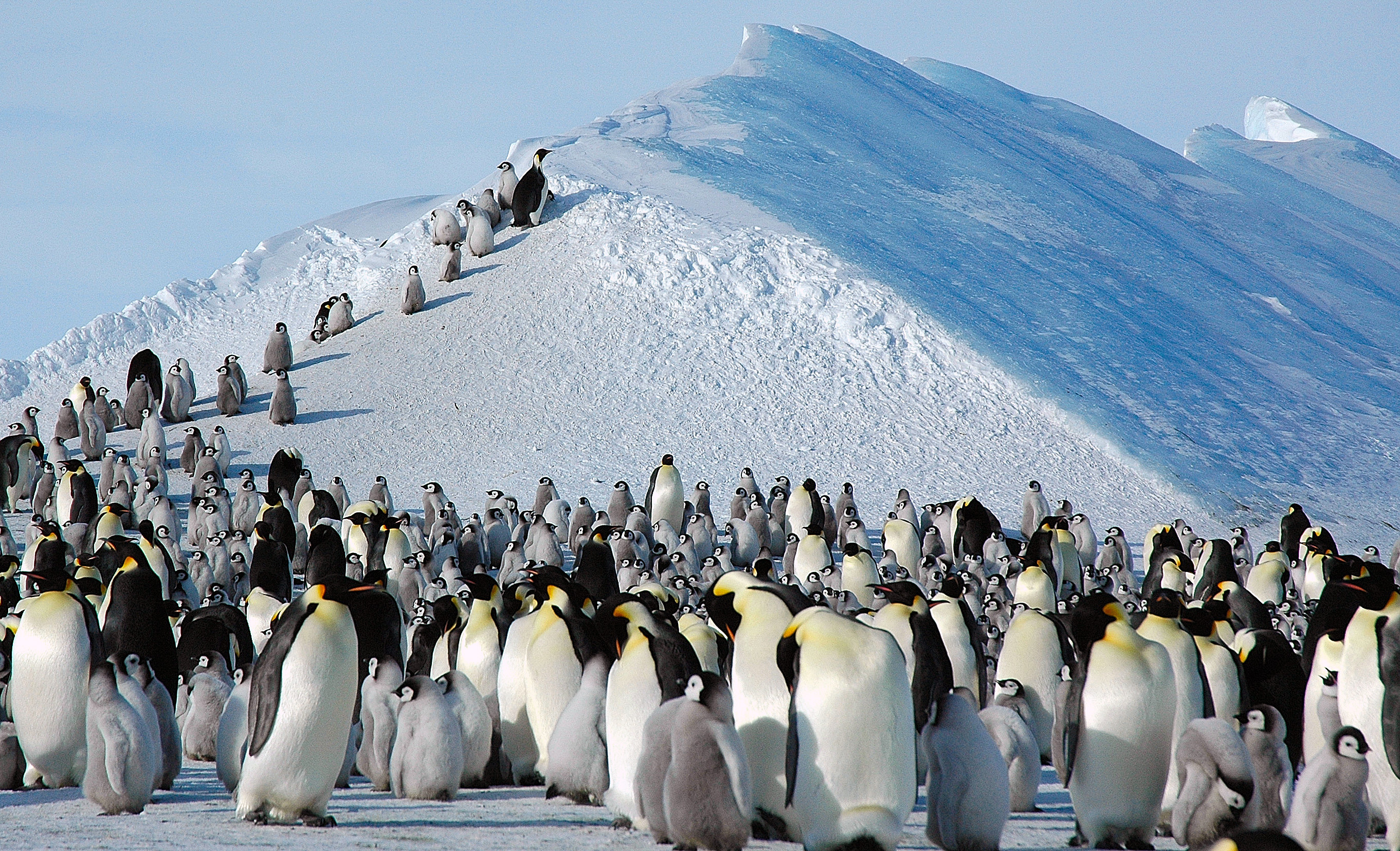|
Ría Celestun Biosphere Reserve
Ría Celestun Biosphere Reserve () is a biosphere reserve in Mexico. It is located on the northwestern Yucatán Peninsula in the states of Yucatán and Campeche. The reserve is home to extensive mangrove wetlands, and rich in birds and other wildlife. Geography The reserve covers an area of . It is bounded on the west by the Gulf of Mexico. It adjoins Los Petenes Biosphere Reserve to the south, and El Palmar State Reserve to the north. The reserve includes coastal beaches and dunes, which enclose lagoons and wetlands. There are low uplands in the eastern portion of the reserve. The reserve is home to about 7000 people. Celestún, located on the coast within the reserve, is the largest settlement. It a center for visitor-serving activities and eco-tourism. Other economic activities in the reserve include fishing and harvesting sea salt. Ecology The reserve protects extensive mangrove wetlands, part of a mangrove corridor known as the Petenes mangroves which extends along the w ... [...More Info...] [...Related Items...] OR: [Wikipedia] [Google] [Baidu] |
American Flamingo
The American flamingo (''Phoenicopterus ruber'') is a large species of flamingo native to the West Indies, northern South America (including the Galápagos Islands) and the Yucatán Peninsula. It is closely related to the greater flamingo and Chilean flamingo, and was formerly considered conspecific with the greater flamingo, but that treatment is now widely viewed (e.g. by the American and British Ornithologists' Unions) as incorrect due to a lack of evidence. It is also known as the Caribbean flamingo, although it is also present in the Galápagos Islands. It is the only flamingo that naturally inhabits North America along with the Neotropical realm. It is a cultural icon for the U.S. state of Florida, where it was formerly abundant in the southernmost regions, although it was largely extirpated by 1900 and is now only an uncommon visitor with a few small, potential resident populations. Taxonomy The American flamingo was formally described in 1758 by the Swedish naturalis ... [...More Info...] [...Related Items...] OR: [Wikipedia] [Google] [Baidu] |
Yucatán Dry Forests
The Yucatán dry forests is a tropical dry broadleaf forest ecoregion in southern Mexico. It includes the dry forests of the northwestern Yucatán Peninsula. Geography The Yucatán dry forests occupy the northwestern portion of the Yucatán Peninsula. They cover most of the state of Yucatán, the northern portion of Campeche, and small areas of northwestern Quintana Roo. It is bounded on the east and south by the Yucatán moist forests ecoregion. The Gulf of Mexico lies to the north and west, and the coast is fringed with mangroves. The region is mostly flat, lying below 400 meters elevation. The underlying rocks are porous limestone and coral, and the region has extensive underground drainage, including caverns and sinkholes, with few surface streams or rivers. The cities of Mérida and Campeche are located in the ecoregion. Climate The climate of the ecoregion is tropical and subhumid. Rainfall is less than 1200 mm per year, with a long dry season. Flora The predomina ... [...More Info...] [...Related Items...] OR: [Wikipedia] [Google] [Baidu] |
Protected Areas Of Campeche
Protection is any measure taken to guard something against damage caused by outside forces. Protection can be provided to physical objects, including organisms, to systems, and to intangible things like civil and political rights. Although the mechanisms for providing protection vary widely, the basic meaning of the term remains the same. This is illustrated by an explanation found in a manual on electrical wiring: Some kind of protection is a characteristic of all life, as living things have evolved at least some protective mechanisms to counter damaging environmental phenomena, such as ultraviolet light. Biological membranes such as bark on trees and skin on animals offer protection from various threats, with skin playing a key role in protecting organisms against pathogens and excessive water loss. Additional structures like scales and hair offer further protection from the elements and from predators, with some animals having features such as spines or camouflage s ... [...More Info...] [...Related Items...] OR: [Wikipedia] [Google] [Baidu] |
Ramsar Sites In Mexico
Ramsar may refer to: * Places so named: ** Ramsar, Mazandaran, city in Iran ** Ramsar, Rajasthan, village in India * Eponyms of the Iranian city: ** Ramsar Convention, concerning wetlands, signed in Ramsar, Iran ** Ramsar site, wetland listed in accord with the Ramsar Convention * Others ** Ramsar Palace The Ramsar Palace or Marmar Palace is a historic royal residence in Iran. The palace is in Ramsar, Mazandaran, Ramsar, a city on the coast of the Caspian Sea. History The Ramsar Palace was established on a land of 60,000 square meters in 1937. T ..., a palace in Ramsar, Mazandaran See also * :Ramsar sites {{Disambig, geo ... [...More Info...] [...Related Items...] OR: [Wikipedia] [Google] [Baidu] |
World Heritage Site
World Heritage Sites are landmarks and areas with legal protection under an treaty, international treaty administered by UNESCO for having cultural, historical, or scientific significance. The sites are judged to contain "cultural and natural heritage around the world considered to be of outstanding value to humanity". To be selected, a World Heritage Site is nominated by its host country and determined by the UNESCO's World Heritage Committee to be a unique landmark which is geographically and historically identifiable, having a special cultural or physical significance, and to be under a sufficient system of legal protection. World Heritage Sites might be ancient ruins or historical structures, buildings, cities, deserts, forests, islands, lakes, monuments, mountains or wilderness areas, and others. A World Heritage Site may signify a remarkable accomplishment of humankind and serve as evidence of humanity's intellectual history on the planet, or it might be a place of grea ... [...More Info...] [...Related Items...] OR: [Wikipedia] [Google] [Baidu] |
Important Bird Area
An Important Bird and Biodiversity Area (IBA) is an area identified using an internationally agreed set of criteria as being globally important for the conservation of bird populations. IBA was developed and sites are identified by BirdLife International. There are over 13,000 IBAs worldwide. These sites are small enough to be entirely conserved and differ in their character, habitat or ornithological importance from the surrounding habitat. In the United States the program is administered by the National Audubon Society. Often IBAs form part of a country's existing protected area network, and so are protected under national legislation. Legal recognition and protection of IBAs that are not within existing protected areas varies within different countries. Some countries have a National IBA Conservation Strategy, whereas in others protection is completely lacking. History In 1985, following a specific request from the European Economic Community, Birdlife International dr ... [...More Info...] [...Related Items...] OR: [Wikipedia] [Google] [Baidu] |
Orange Oriole
The orange oriole (''Icterus auratus'') is a small bird species with orange feathers native to the Icteridae family in the Yucatán Peninsula. It has a slender body, long wings, and a pointed beak. Its color resembles the fruit orange, and it has black markings on its wings and tail. The orange oriole is known for its song and can be found in forests and gardens. They have a diverse diet that contributes to their color. According to ''The Cornell Lab of Ornithology Birds of the World'', they have suggested that this species might be better named the "Yucatan Oriole" because they are only found in Southeast Mexico. This species is not endangered and least threatened. Field identification Its size ranges from about . This bird also has no subspecies. They are more on the orange and black side of coloring. Males have black region between their eyes and bill and a medium stripe across its upper breasts area. The orange oriole's head and body are both orange. The lesser layer of feat ... [...More Info...] [...Related Items...] OR: [Wikipedia] [Google] [Baidu] |


